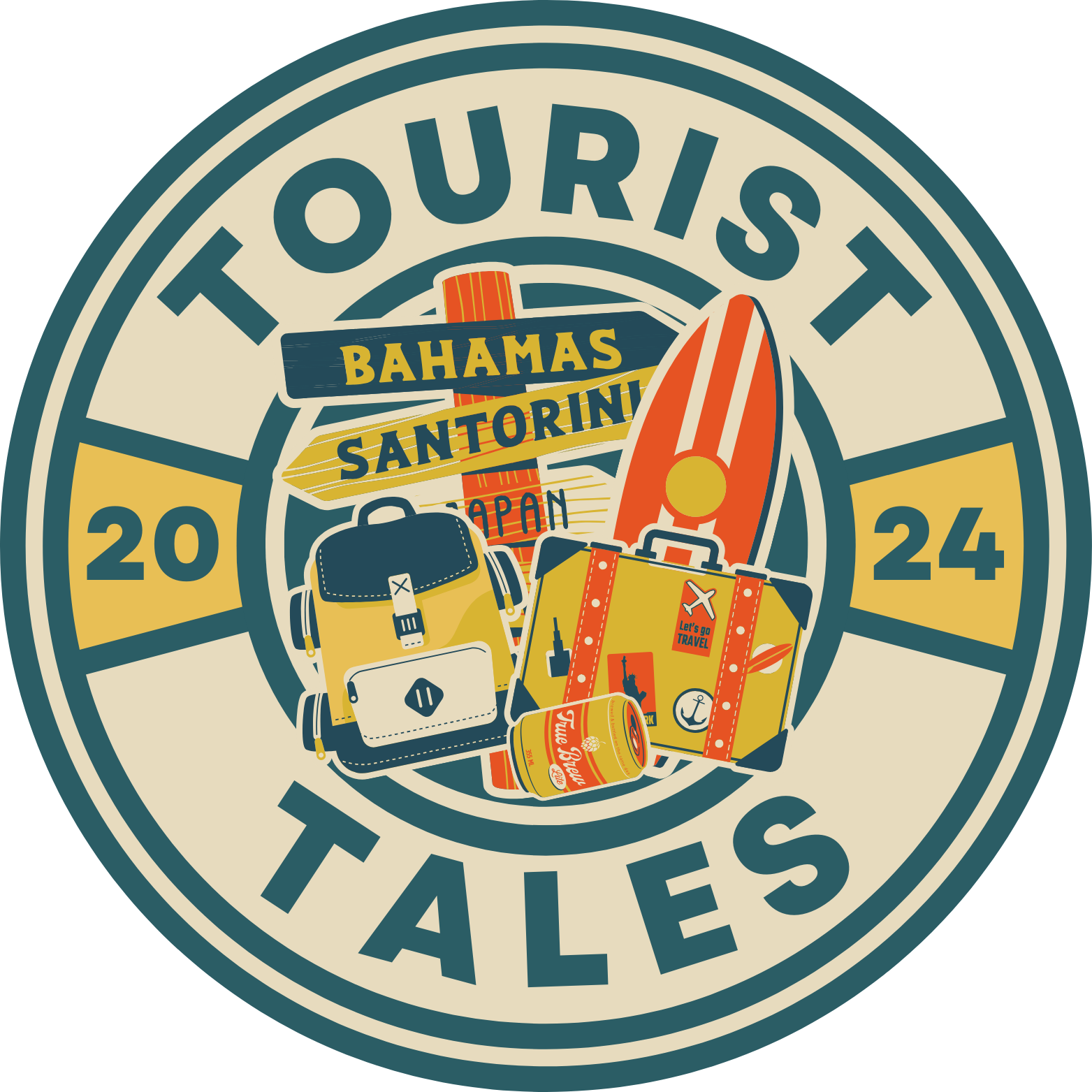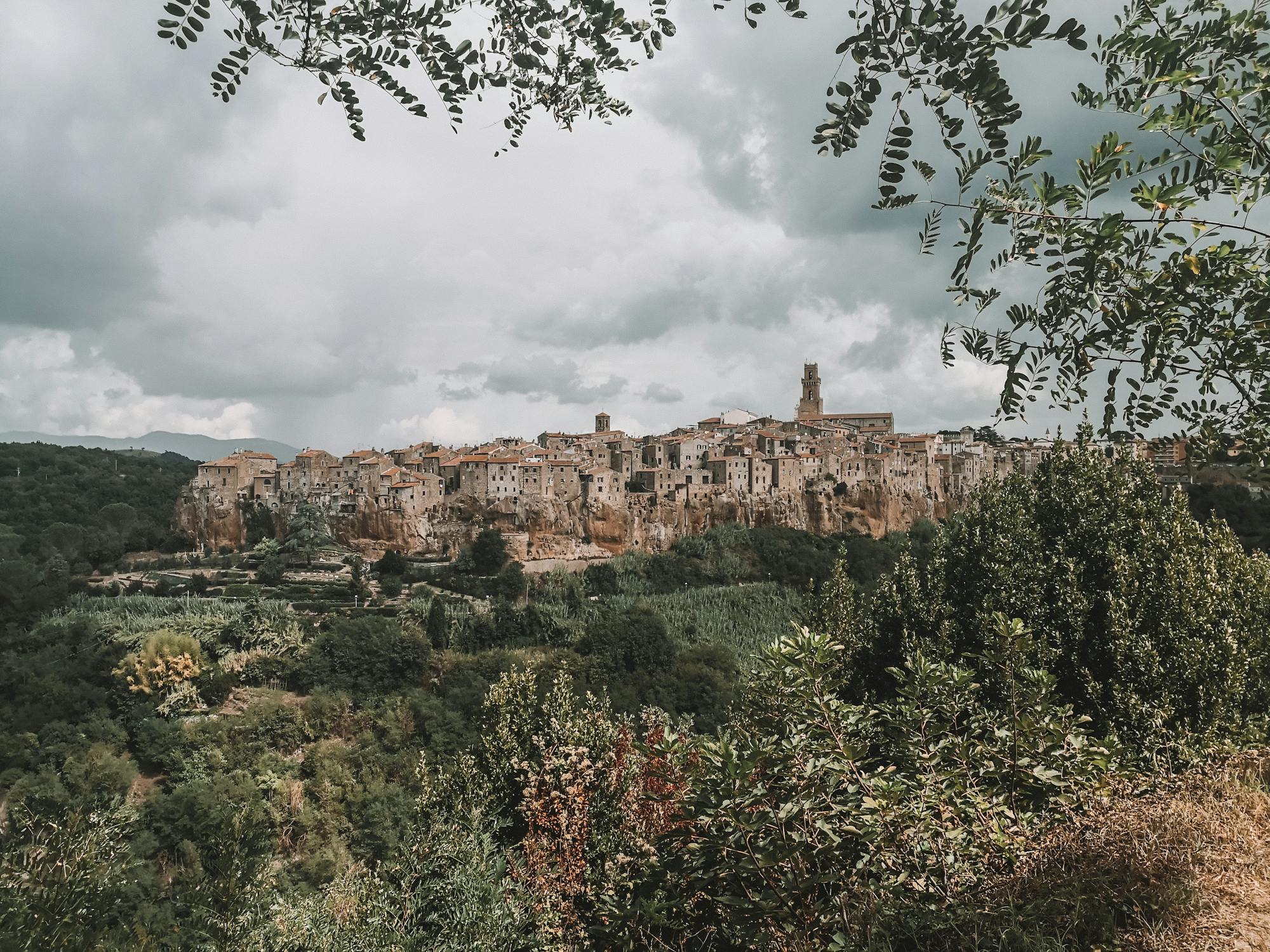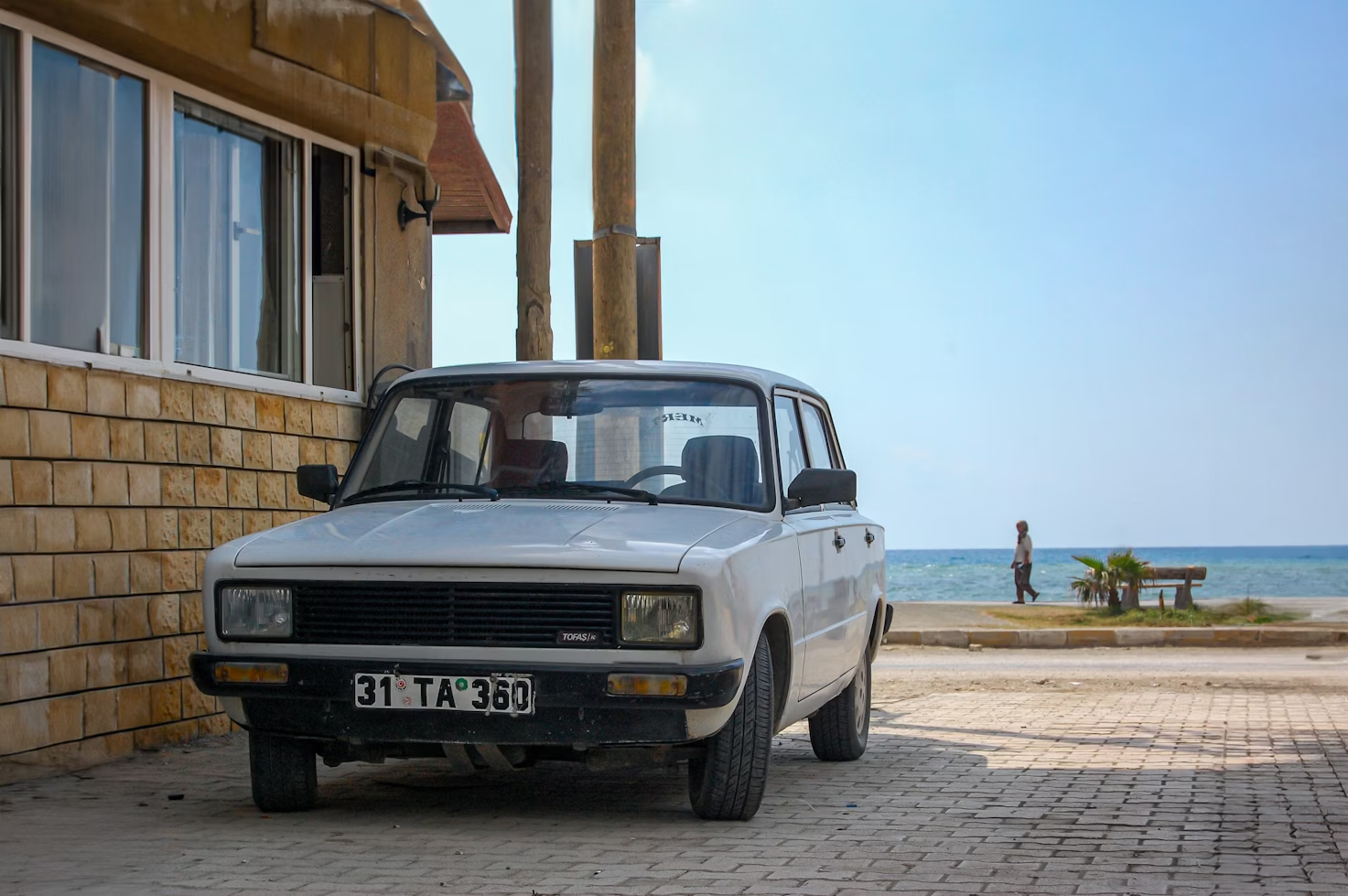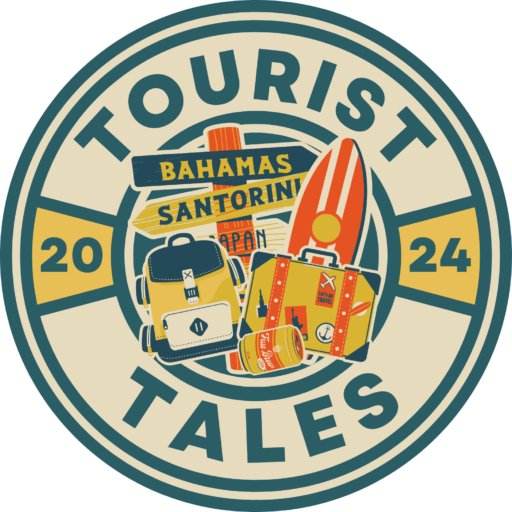There’s something magical about walking paths that have existed for centuries.In the countryside of Europe, these old trails and routes are becoming popular with people who want a different kind of trip. These aren’t just roads; they connect us to the past, to the culture, history, and nature of those times.
Are you looking for travel that’s not just the usual tourist spots? Then, get ready to find:
- Places that have been around for ages, from ancient stone circles to paths used by people long ago for religious journeys.
- Stories behind these old paths, offering a relaxed and meaningful way to experience Europe’s history.
If you want to go somewhere different from the busy, well-known places, these old routes are where your interest in history and your love for travel come together perfectly.
The Magic of Old Paths
Why are people so drawn to ancient trails? They’re more than just pretty walks. Think of them as living links to the past. These paths were once used by pilgrims on spiritual journeys, traders carrying goods, and brave explorers. Now, we see them in a new way – as special experiences for travelers like us.
What’s so special about these old paths?
- They offer a chance to explore new places and feel a sense of excitement, just like the travelers of the past.
- They take you through beautiful natural landscapes, away from busy cities.
- You can learn about Europe’s past by walking where people walked hundreds or even thousands of years ago.
Rediscovering Pilgrimage Routes
Take the Camino de Santiago, for example. This ancient network of pilgrimage routes leading to Santiago de Compostela in Spain has seen a massive resurgence. Why? It’s not just about religion anymore—it’s about connection. Sure, some walk to reflect or seek spiritual solace, but others do it simply for the joy of slowing down and unplugging.

Having personally experienced a portion of the Camino, I can attest to the profound sense of community and the opportunity for introspection it provides. Pilgrims follow well-trodden paths like the Camino Francés, the most famous route, which stretches nearly 500 miles. For those short on time, the last 100 kilometers from Sarria have become incredibly popular.

The beauty of this journey is how accessible it’s become. The routes are well-signposted, the towns along the way cater to walkers, and you’re never too far from a hot meal or a cozy bed. It’s spiritual, recreational, and even social—a chance to meet people from around the globe, all walking for their own reasons.

The beauty of the Camino lies as much in its history as in the camaraderie you find along the way. Different routes offer varying levels of challenge and scenery, from the bustling Camino Francés to the quieter coastal routes like the Camino del Norte, each providing a unique experience.
Historic Trade Routes Reimagined
What about trails with a different backstory? Europe’s ancient trade paths, once bustling with merchants and goods, have now morphed into some of the most scenic hiking and biking routes.

The Via Francigena is a standout example. Originally a pilgrimage and trade route linking Canterbury to Rome, this trail passes through rural villages, vineyards, and stunning Tuscan landscapes. My research into the Via Francigena revealed its crucial role in medieval European commerce, connecting major centers of trade and culture.

Today, the Via Francigena offers multiple ways to explore—walking, cycling, or even taking its smaller fragments for shorter day trips. It’s not just about the stunning beauty, though. Think about the stories carried along this route: priceless goods exchanged, livelihoods built, and cultures shared.

Walking these trade paths connects you to the pulse of Europe’s historic economy in a way that no museum ever could. Add modern conveniences like bike-friendly trails and accommodations, and you’ve got an irresistible blend of heritage and comfort. The Tuscan segment, in particular, offers breathtaking views and a taste of authentic Italian rural life.
Connecting with Nature and Heritage
Why are more travelers opting for these trails instead of crowded city centers? Simple: they offer an escape. Walking an ancient path doesn’t just take you from one place to another—it grounds you in the rhythm of the environment.

You notice the crunch of gravel, the scent of wildflowers in the air, or the way the sunlight streams through a centuries-old olive grove. It’s beauty that demands your attention, every step of the way.
But it’s not just about the natural scenery—it’s about the stories the land holds. Trails like these tell tales of medieval pilgrims, humble traders, and even prehistoric settlements. Along the way, small villages charm visitors with local foods, traditions, and a slower pace of life that’s hard to resist. It’s the kind of experience that blends education with emotion, leaving you with a richer understanding of the land you’ve crossed.

Ultimately, these paths aren’t just walks. They’re a bridge between past and present, offering moments of stillness in a fast-moving world. Whether you’re hiking for nature, history, or just peace of mind, Europe’s ancient trails have plenty to offer. Keep walking—every step has a story.
Why Rural Europe Is Leading This Trend
Rural Europe has become a hub for ancient path tourism, and it’s not hard to see why. With untouched landscapes, authentic cultural experiences, and a revival of historic routes, these communities have turned a legacy of the past into a thriving modern attraction.

Travelers are flocking to these regions for more than just the scenic views—they’re coming for a meaningful connection to history, nature, and local culture. Let’s break down why rural Europe is taking the lead in this growing trend.
Preserving Rural Charm
One of the biggest advantages of tourism in rural Europe is how it aligns with preserving the authenticity of these communities. Ancient paths like the Via Francigena or the Camí de Cavalls thread through serene villages and quiet countryside, adding tourism without disrupting the way of life.

These regions haven’t been overrun by flashy developments or chain hotels. Instead, you’ll find family-run guesthouses, local cafes, and shops that keep the character of these areas alive.

The charm comes from things staying the way they’ve always been. Travelers aren’t looking to change these places—they’re drawn to what’s already there: cobblestone streets, centuries-old churches, and the kind of hospitality that feels like home. This setup works beautifully for both locals and visitors. Residents maintain their traditions, and tourists get an unfiltered look at life as it’s always been in these regions.
Economic Impact on Local Communities
Tourism along these ancient routes is a lifeline for rural economies. When visitors explore these paths, they often stay in small inns, eat at local restaurants, and hire guides who know the trails inside out. Every hike or bike ride directly supports family businesses that would otherwise struggle in isolated areas.
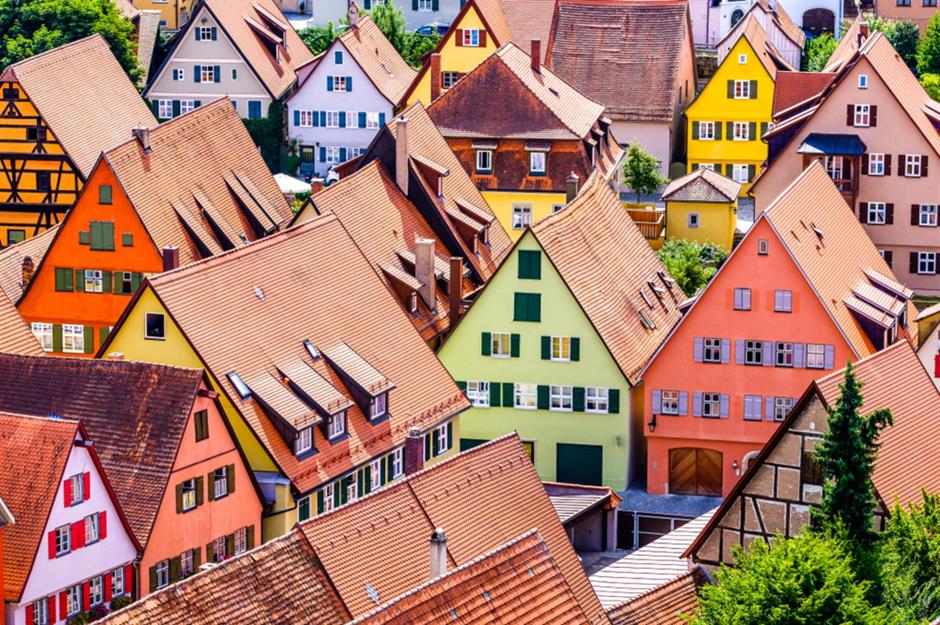
Here’s the ripple effect: a café owner sells meals, a local artisan sells handmade crafts, and a tour guide shares stories from their grandparents about the very trails being walked. These moments create not only economic rewards but also personal connections that stick with travelers long after they’ve left.

Entire micro-economies flourish along these paths, breathing new life into regions where it’s much needed. It’s no exaggeration to say that ancient path tourism puts rural areas back on the map—literally and figuratively.
Improved Infrastructure and Accessibility
A big factor in the rise of rural tourism is better infrastructure. Trail markers and directional signs have vastly improved, making these routes welcoming even for first-timers. Accommodations like bed-and-breakfasts have tailored their services for hikers, cyclists, and sightseers, even offering specific amenities like boot dryers or secure bicycle storage.

Public transportation has also been expanded to give easier access to these remote locations. Ancient paths that were once challenging to reach are now just a bus or short train ride away. This modernization without urbanization has made experiencing Europe’s rural heartlands simpler than ever. It’s the perfect mix—comfort for the modern traveler and preservation of the paths’ historic essence.
By supporting these enhancements, rural Europe has ensured that its charm isn’t just for the adventurous few, but open to anyone ready to explore. Whether you’re walking centuries-old pilgrimage routes or cycling along ancient trade paths, it’s never been easier to dive into the quiet beauty of these countryside treasures.
Top Ancient Routes That Attract Modern Tourists
Ancient paths that have witnessed centuries of history are now becoming some of the most sought-after travel routes across Europe. These trails offer a mix of scenic landscapes, historical intrigue, and personal growth opportunities for travelers who want to get off the beaten path. Let’s take a closer look at five of the top ancient routes that are drawing modern-day explorers.
The Camino de Santiago, Spain

The Camino de Santiago has been a prominent pilgrimage route since the 9th century, tracing its origins to the discovery of St. James’s remains in Santiago de Compostela. During the medieval era, the Camino became one of the most important Christian pilgrimages, with thousands walking its many paths to seek indulgences or spiritual solace.

After a significant decline, the route saw a major revival in the late 20th century, blending religious purpose with outdoor adventure and cultural exploration. Today, the Camino attracts both seasoned hikers and first-timers with its accessibility, well-marked trails, and the unique camaraderie that develops among pilgrims.

Whether you’re walking the famed Camino Francés (stretching nearly 500 miles) or the more coastal Camino del Norte, this path offers more than just a hike—it’s a personal journey.

The local towns along the route provide cozy accommodations, hearty meals, and plenty of opportunities to reflect, unwind, or connect with fellow travelers.

The Via Francigena, Italy
Stretching over 1,700 kilometers from Canterbury in England to Rome in Italy, the Via Francigena was a crucial route for pilgrims and merchants during the Middle Ages. Its importance was documented by Archbishop Sigeric of Canterbury, who walked this path in 990 AD, recording 80 stages of his journey.

The Italian segment of the Via Francigena is particularly breathtaking, winding through rolling vineyards, medieval villages, and vibrant Tuscan landscapes. Travelers get a unique mix of history and scenery, from the imposing Alps to the serene beauty of rural Italy.

Thanks to modern infrastructure, walking or cycling portions of this route is a popular option, making the journey accessible for different fitness levels. Each turn often reveals a story—a stone road once traveled by traders, a centuries-old chapel, or a wine region where traditions remain unchanged.
West Highland Way, Scotland
Scotland’s West Highland Way is much younger in comparison, officially opening in 1980, but its trail follows routes tied deeply to the region’s heritage. This 96-mile stretch begins just outside Glasgow in Milngavie and ends at Fort William, taking travelers through lush lowlands and into the rugged Highlands.

The trail is sprinkled with historical markers, from ancient clan lands to remnants of military roads built during the Jacobite uprisings. Highlights include the serene shores of Loch Lomond, the stunning Rannoch Moor, and the Devil’s Staircase—a challenging hill named for its steep ascent.

The West Highland Way draws nature lovers and history buffs alike, offering a chance to experience Scotland’s wild, untamed beauty while diving into stories of its turbulent past.
The Dingle Way, Ireland
The Dingle Way, a circular route around the stunning Dingle Peninsula in Ireland, offers a walk through one of the most archaeologically rich and naturally beautiful landscapes in Europe. This 100-mile trail can be completed in about a week, combining diverse terrains of beaches, mountains, and cliffside paths.

What sets this route apart is its deep Celtic history. The path winds past ancient ring forts, monastic ruins, and stone markers that have stood for centuries. Along the way, you’ll find traditional Irish villages where time feels like it’s standing still.

The vibrant greens of the fields, the crashing Atlantic waves, and the sweeping views from Mount Brandon’s slopes make this trail a sensory feast. It’s a journey that feels like stepping straight into Irish folklore.
Le Puy Route, France
Starting in Le Puy-en-Velay and connecting to the Camino Francés in Spain, the Le Puy Route is one of the oldest and most revered pilgrimage paths in France. Dating back to the 10th century, it has welcomed pilgrims from all over Europe, serving as a spiritual and cultural thread through French history.

The appeal of this route lies in its blend of natural beauty and architectural charm. It traverses volcanic landscapes, crosses lush green valleys, and meanders through picturesque towns like Conques and Cahors. With its well-marked paths and cozy guesthouses, it’s welcoming for modern walkers while still retaining its historic essence.

Along the trail, stunning cathedrals, Romanesque churches, and abbeys bear testament to centuries of faith and artistry, making this more than just a journey—it feels like walking through a living museum.

Each of these ancient routes offers a unique window into Europe’s past. They’re more than just trails; they’re tapestries of history, culture, and unparalleled natural beauty, reimagined for travelers seeking more meaningful adventures today.
What Makes These Paths Modern Favorites?
There’s something special about ancient paths in rural Europe capturing the attention of today’s travelers. It goes way beyond the postcard-worthy landscapes or the historical depth—they resonate with what people are looking for right now on a trip.
These routes connect to modern needs like sustainability, the desire for slower-paced travel, and a craving for real, authentic experiences. Let’s break down what makes these paths such an undeniable favorite among travelers today.
Focus on Sustainability

In an era where eco-conscious choices are more important than ever, these routes tick all the right boxes. Walking and biking-friendly paths align perfectly with sustainable travel trends by minimizing a traveler’s carbon footprint. Instead of zooming past places in cars or buses, people are opting to explore these trails by foot or on two wheels.
What makes this shift even better is that these paths encourage us to appreciate nature without exploiting it. Many trails are maintained with sustainability in mind, using local resources and ensuring minimal interference with the surrounding environment. Travelers know they’re leaving behind more gratitude than impact, and that mindset is becoming a big part of why these routes are thriving.

Plus, these paths often pass through rural communities where locals are deeply invested in preservation. Choosing these routes means supporting destinations that aren’t saturated with mass tourism but still offer unforgettable experiences—making both people and the planet winners in the process.
Desire for Slower Travel
In a world that seems to never stop moving, these ancient paths provide something many travelers don’t even realize they’re craving: the chance to slow down. They’re the opposite of breakneck city vacations where you scramble to tick off landmarks in record time. Out here, the pace is defined by your footsteps or the steady rhythm of pedaling a bike.

Think about it—a path winding through lush meadows or rugged mountains allows more than just sightseeing. It’s a chance to unplug, let go of schedules, and simply exist in the moment. Every bird song or mountain breeze has a way of grounding you, making you forget the hustle you left behind. Sometimes, the best vacation isn’t about seeing the most; it’s about feeling the most. These paths make that possible.

The bonus? Slower travel also lets you truly connect with where you are. Whether it’s lingering over a chat with a local café owner or pausing to admire a centuries-old church, these moments stick with you. The focus shifts from “doing” to simply “being,” and that kind of mindfulness feels like a luxury in itself.
The Allure of Authentic Experiences
Travel trends have shifted. People are no longer content with surface-level exploration or cookie-cutter tours. These historic routes stand out because they offer an unfiltered, authentic glimpse into heritage, culture, and day-to-day life.
Walking these paths isn’t just about the journey; it’s about who you meet along the way. Small, family-owned inns, farmers selling handmade cheeses, or a village celebration you stumble upon by chance—these human connections breathe life into your travels. Instead of polished tourist traps, you’ll find raw, real, and deeply personal experiences.

And let’s not forget the historical ties. Every pathway is steeped in stories—trails once crossed by medieval pilgrims, ancient merchants, or even Roman soldiers. You’re not just walking a route; you’re retracing footsteps that shaped European history. It turns travel into something meaningful, as though you’re a part of the continuum, honoring the path’s past while experiencing it in today’s context.
When you put sustainability, slower travel, and authentic experiences together, you can see why these routes are striking a chord. They’re not just modern favorites—they’re reminders of what travel can and should feel like.

Walking Europe’s ancient paths isn’t just about following a trail—it’s about stepping into the heartbeat of history, nature, and community.

These routes offer more than a scenic journey; they provide a chance to slow down, reconnect, and experience the richness of centuries-old traditions still alive today.
Why not make your next trip a walk through time? Whether it’s the Camino de Santiago, the Via Francigena, or a hidden gem like Ireland’s Dingle Way, these trails promise an experience that touches both heart and mind. You’ll return not just with stories, but with a deeper connection to the world and its timeless beauty.
Ready to discover where the path could take you? Pack your curiosity and explore an ancient route—every step brings something extraordinary.
Have you walked any of these ancient trails? Share your experiences in the comments below!
